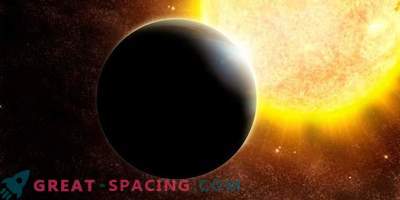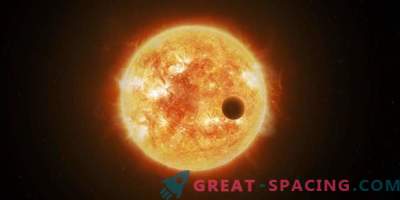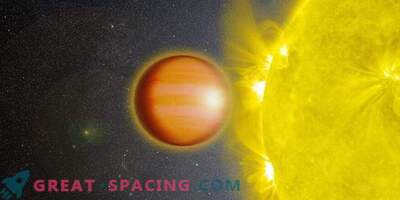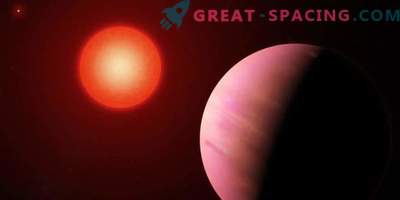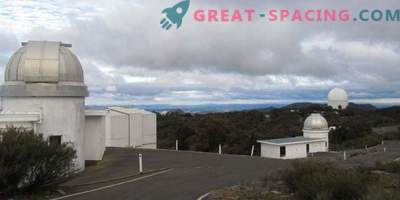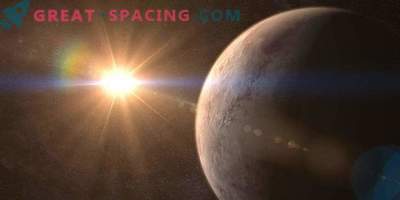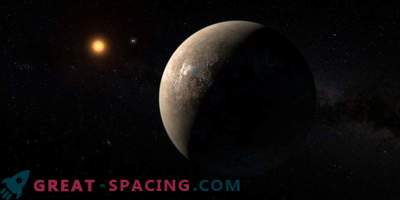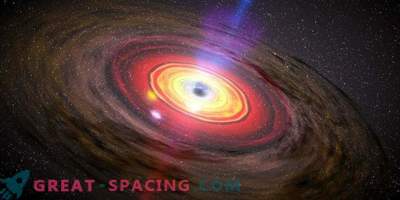
A new study based on data from the European Southern Observatory shows that exoplanet K2-18b can be an expanded version of the Earth. In addition, a neighbor was noticed next to her.
The mass of exoplanets was not so difficult to determine, but finding the second object is an almost unique case. Both planets revolve around the star K2-18 - a red dwarf distant by 111 light years. Lives on the territory of Leo.
For the first time, K2-18b was noticed in 2015 in the habitable zone, which means it is an ideal candidate for the search for liquid surface water. The basics were extracted by a highly reliable radial planetary search (HARPS) and a 3.6-meter telescope at the La Silla Observatory. HARPS measures the radial velocities of stars affected by planetary presence. So the tool manages to fix and tiny planets. To understand how K2-18b resembles the Earth (a rocky structure) or a smaller version of Neptune (mostly gas), it was necessary to first determine the planetary mass. Knowing the massiveness and radius, we can calculate the density. It turned out that before us is basically a rocky object with a small gas atmosphere.
With the launch of the James Webb Space Telescope in 2019, it will be possible to study the atmospheric layer and see if there is water on the planet.
A detailed study of the data exoplanets, scientists noticed something strange. The signal from K2-18b was received every 39 days. But with an interval of 9 days another trace loomed in orbit. It was important to understand that this is not just noise. Careful analysis revealed another planet - K2-18c. It is located closer to the star and also belongs to the earth type.

